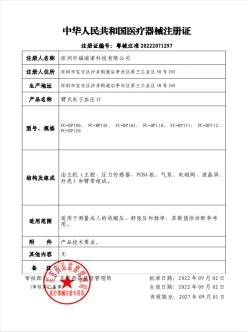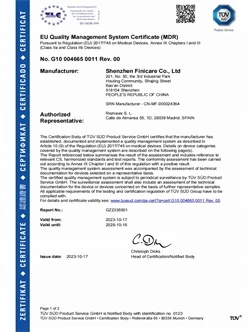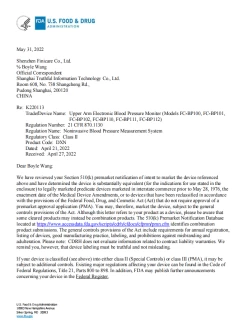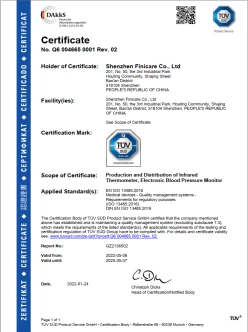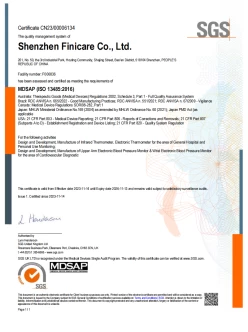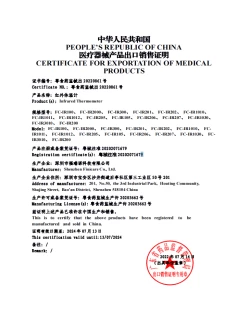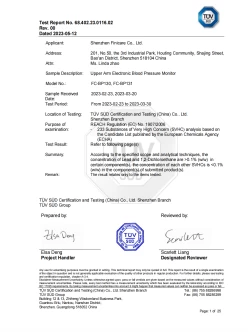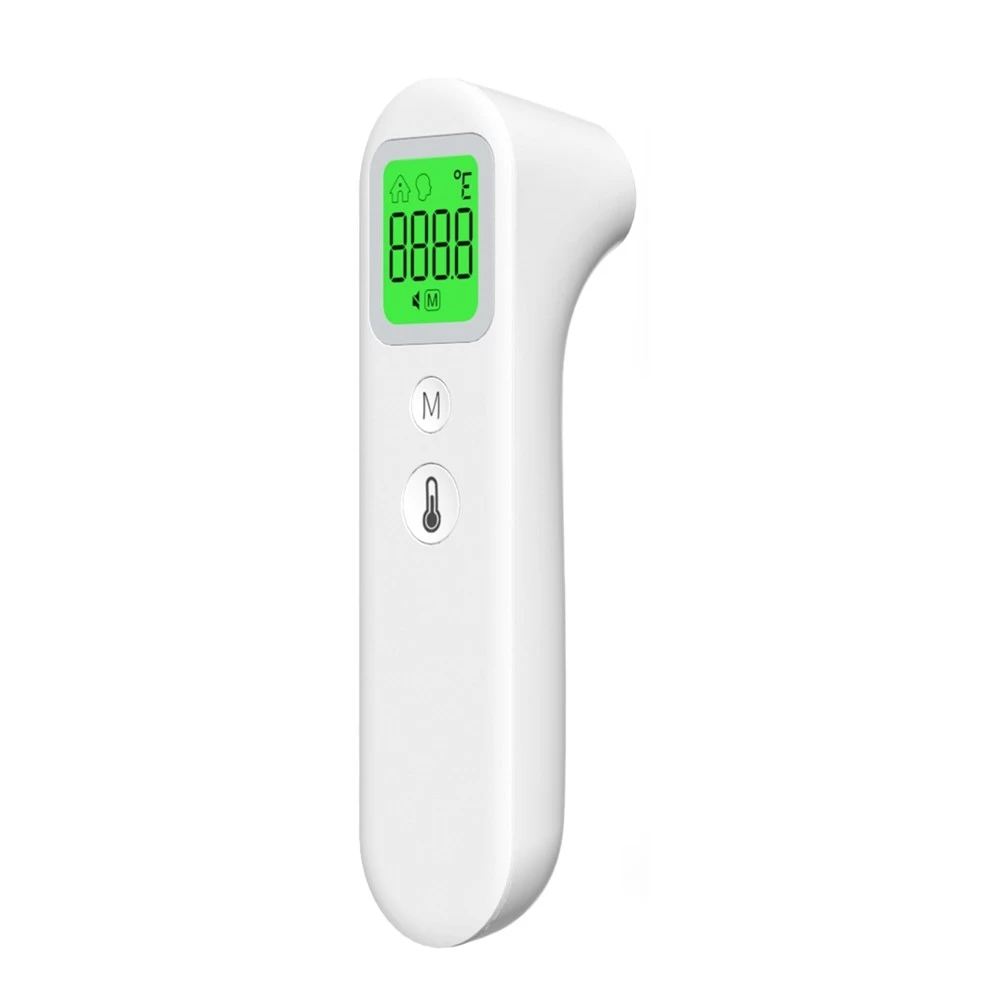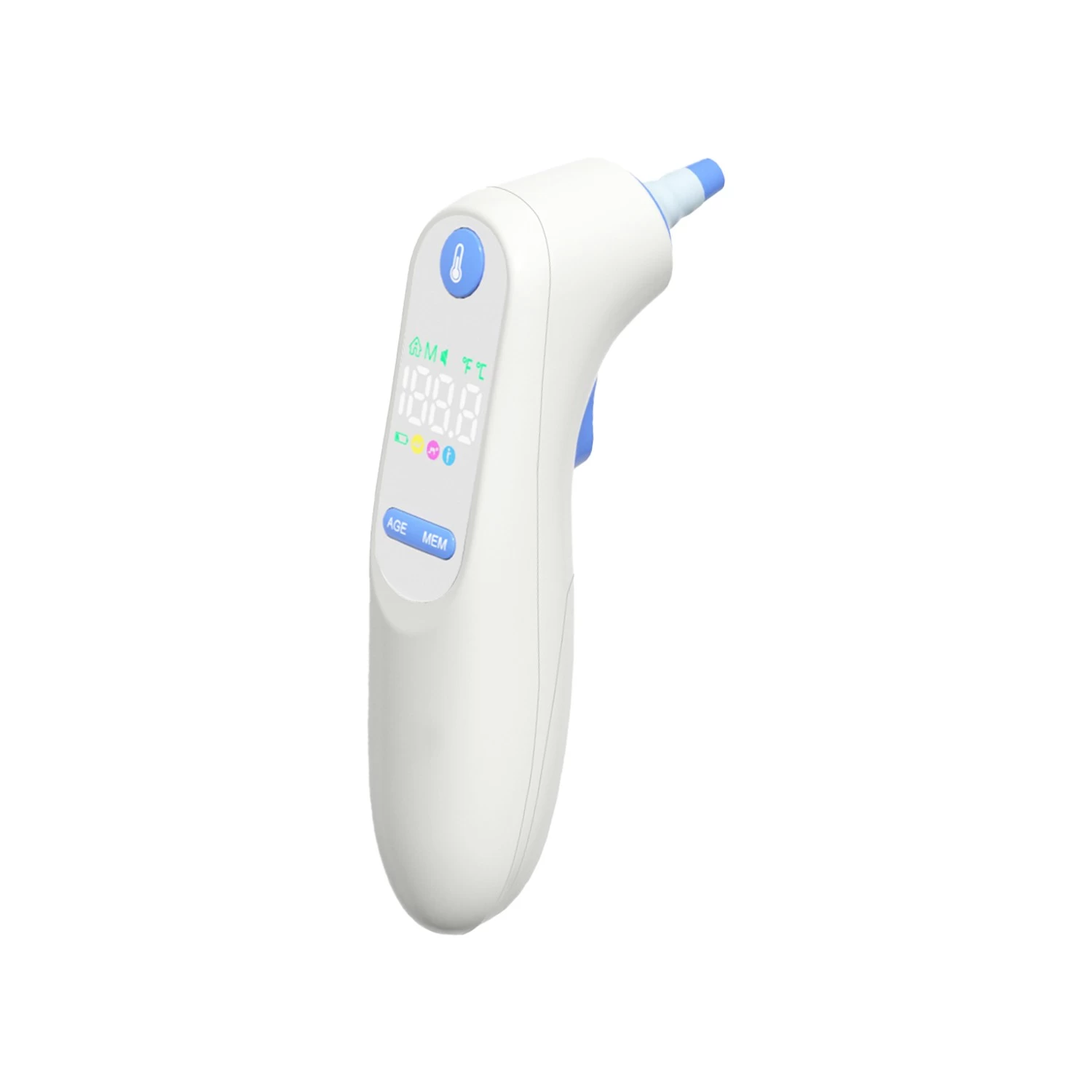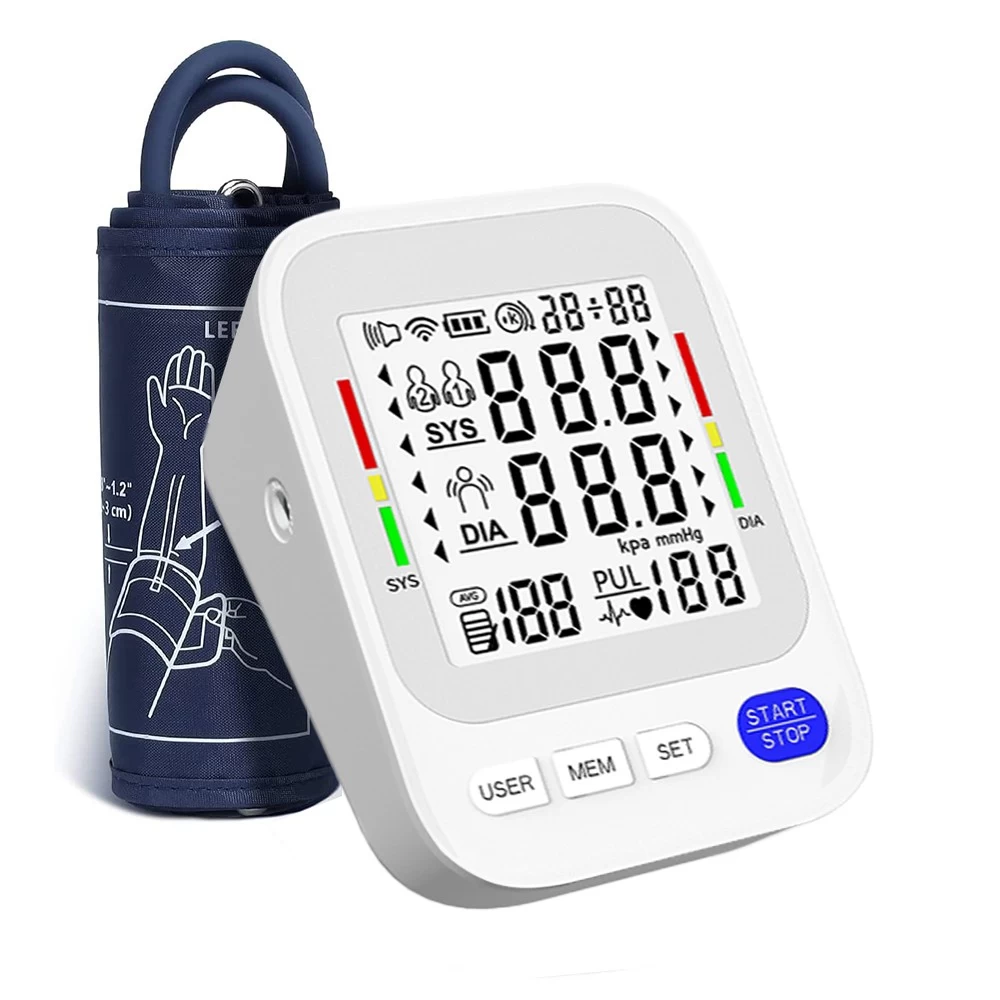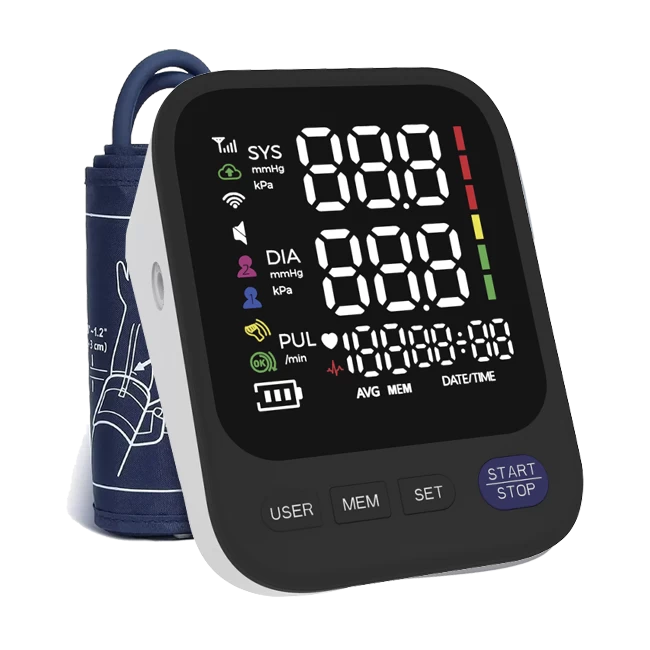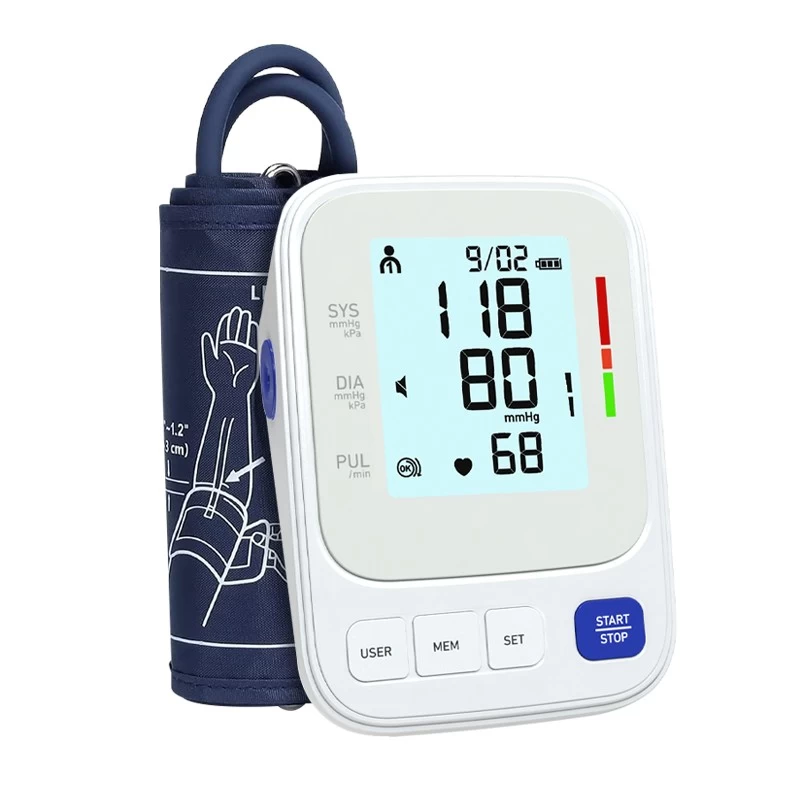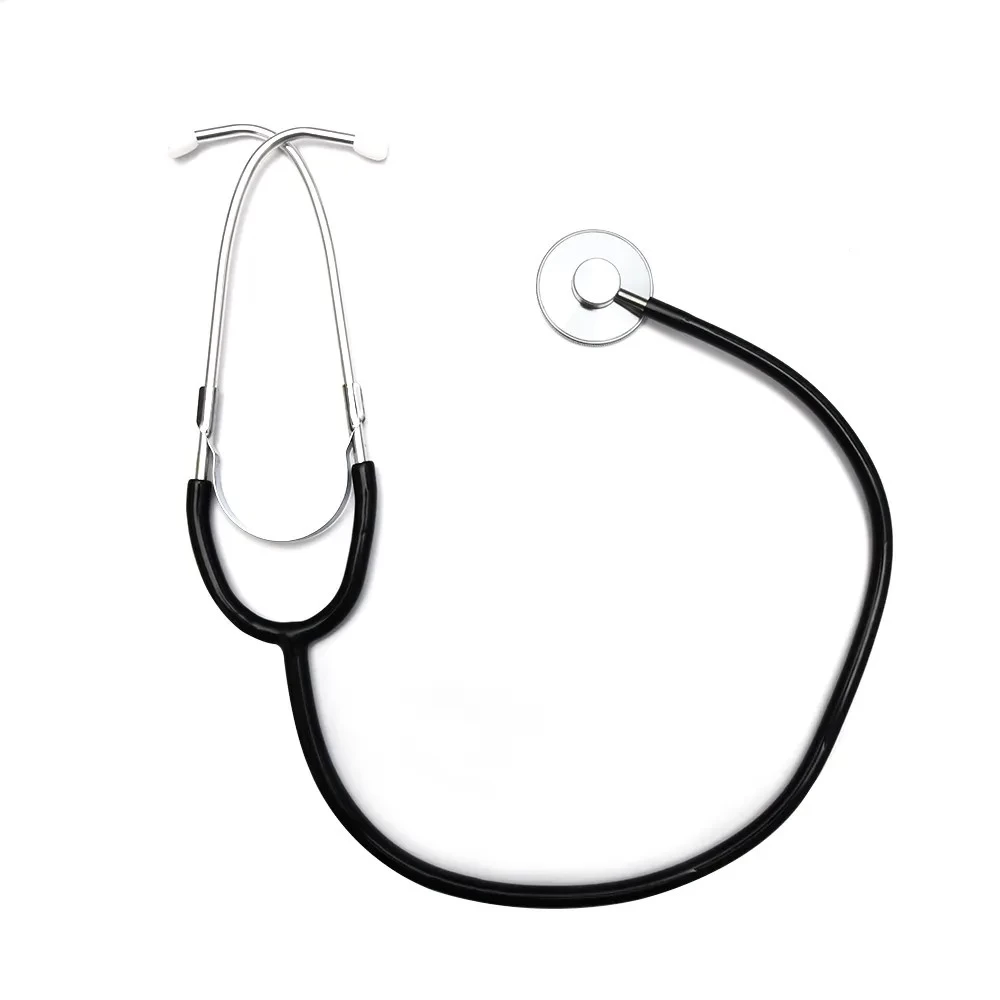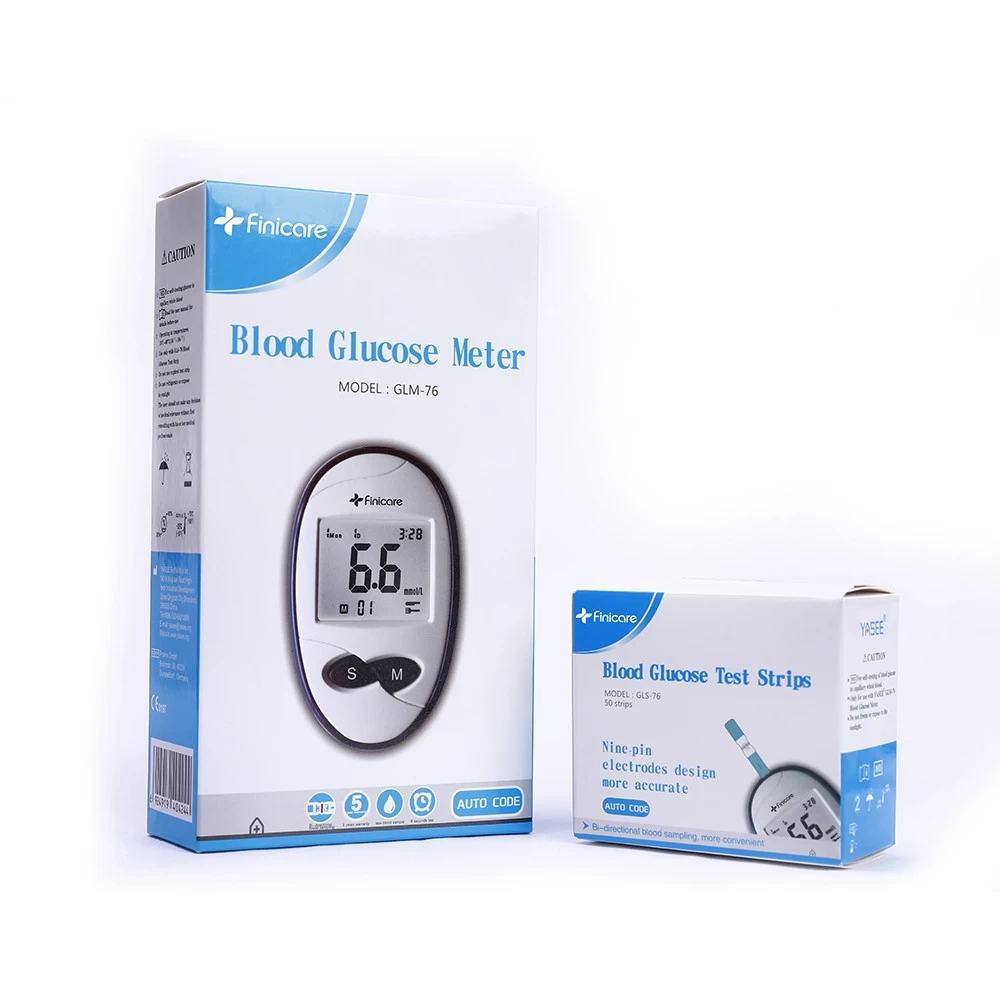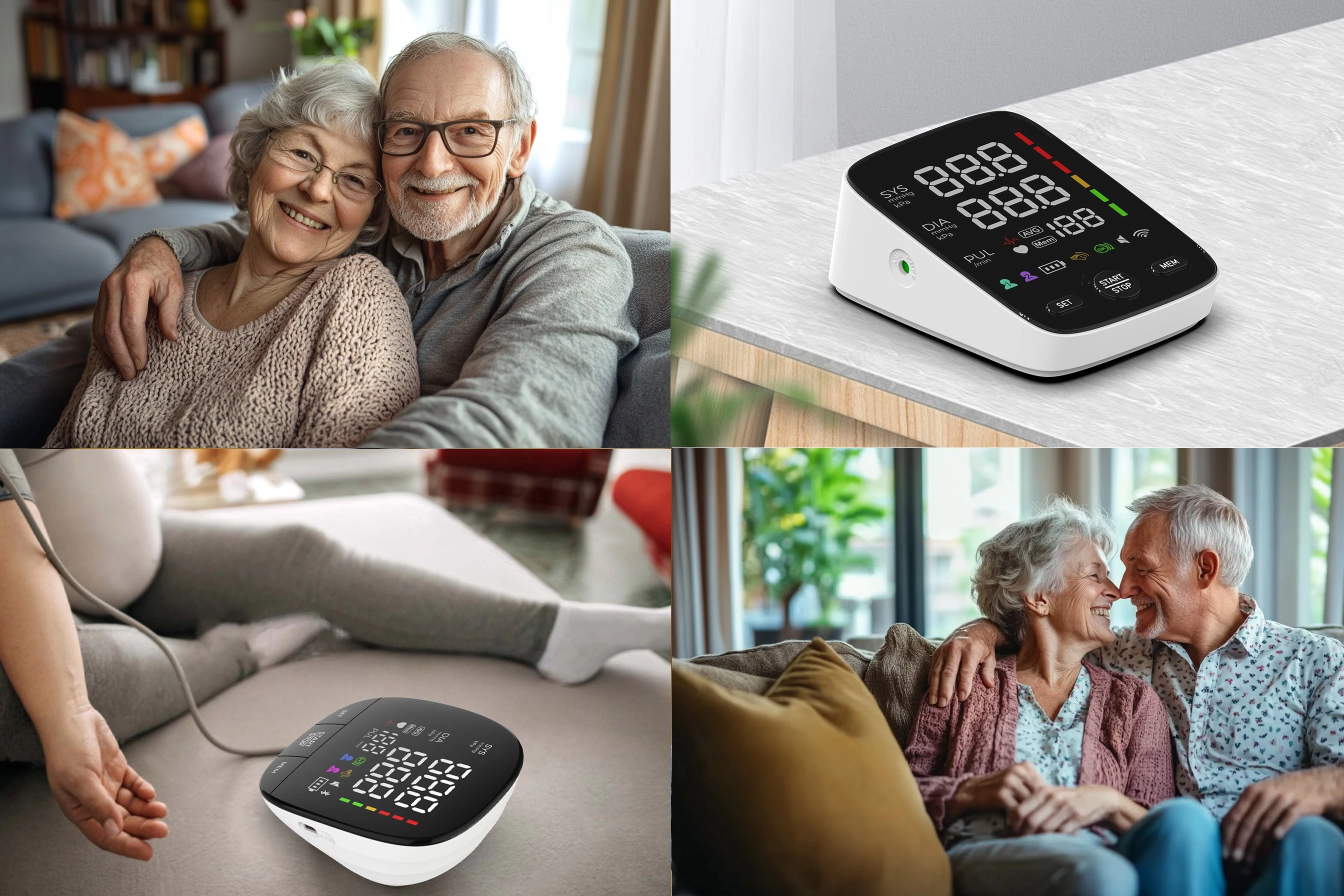Which Arm Is Best for Checking Blood Pressure?
A Guide to Home Medical Devices
Table of Contents
1. Why Does the Choice of Arm Matter for Blood Pressure Readings?
2. How to Determine Which Arm to Use
3. Upper Arm vs. Wrist Blood Pressure Monitors: Which Is Better?
4. Step-by-Step Guide to Using Home Blood Pressure Monitors
5. Why Invest in a High-Quality Home Blood Pressure Monitor?
6. The Role of Infrared Thermometers in Home Health
7. Maintaining Your Home Medical Devices
9. Common Questions About Blood Pressure Monitoring

1. Why Does the Choice of Arm Matter for Blood Pressure Readings?
Accurate blood pressure monitoring is critical for managing hypertension, heart disease, and diabetes. Studies show that 20% of individuals have significant inter-arm differences (IADs). Using the arm with higher readings ensures you don’t underestimate risks. For example, left-arm measurements often reflect pressure closer to the aorta, making them slightly higher.
Summary: Selecting the correct arm ensures accuracy and consistency.
Expanded: Blood pressure can vary between arms due to anatomical differences or underlying health conditions. Using the arm with higher readings (often the left) ensures accurate monitoring.
Product Highlight: The Finicare Medical FC-BP103 automatically flags IADs and stores dual-arm data for comparison.

2. How to Determine Which Arm to Use
Start by measuring both arms 2–3 times over a week. Note any patterns. The European Society of Hypertension recommends using the arm with consistently higher readings. For ambidextrous users, the non-dominant arm may reduce muscle tension.
Summary: Compare readings from both arms initially.
Expanded: Measure blood pressure in both arms 2–3 times, spaced 1–2 minutes apart. Consistently higher readings in one arm indicate it should be your default for future measurements.
Pro Tip: The Finicare Medical BP Monitor Connect syncs data to an app, simplifying trend analysis.
3. Upper Arm vs. Wrist Blood Pressure Monitors
Upper Arm Monitors:
Pros: Clinically validated, less error-prone.
Cons: Bulky for travel.
Wrist Monitors:
Pros: Compact, convenient.
Cons: Sensitive to wrist angle.
Summary: Upper arm devices are generally more accurate, but wrist monitors offer portability.
Expanded: Upper arm cuffs (e.g., Finicare Medical FC-BP120) align better with heart level, reducing errors. Wrist monitors (e.g., Finicare Medical FC-BP220) are ideal for travel but require strict positioning.
Best Buy: The Finicare Medical FC-BP220 wrist monitor includes a positioning sensor and voice-guided instructions.

4. Step-by-Step Guide to Using Home Blood Pressure Monitors
Prepare: Avoid caffeine, exercise, and stress for 30 minutes.
Position: Sit with back supported and feet flat.
Cuff Placement: Align the artery marker with your brachial artery.
Measure: Stay silent and still.
Summary: Proper technique maximizes accuracy.
Expanded: Sit upright, rest for 5 minutes, place the cuff correctly, and avoid talking during measurement. Modern devices like Finicare Medical FC-BP113 automate positioning alerts.
Smart Device: The Finicare Medical FC-BP113 guides users via LED indicators for perfect cuff placement.
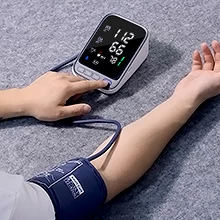
5. Why Invest in a High-Quality Home Blood Pressure Monitor?
Cheap devices often lack validation. FDA-cleared monitors like QardioArm provide medical-grade accuracy and detect arrhythmias. Bluetooth-enabled models automatically share data with healthcare providers.
Summary: Reliable devices empower proactive health management.
Expanded: Advanced features (e.g., irregular heartbeat detection, Bluetooth sync) in models like Finicare Medical FC-BP103 provide clinic-grade accuracy and long-term trend tracking.
6. The Role of Infrared Thermometers in Home Health
Pairing a thermometer with a blood pressure monitor creates a holistic health toolkit. The Braun No-Touch 3-in-1 measures temperature, room humidity, and surface temperature, ideal for households.
Summary: Non-contact thermometers complement blood pressure monitoring.
Expanded: Devices like Braun No-Touch 3-in-1 offer hygienic temperature checks, ideal for families managing chronic conditions or infections.
7. Maintaining Your Home Medical Devices
Summary: Regular upkeep ensures longevity and precision.
Expanded: Clean cuffs, replace batteries, and calibrate annually. Storage cases (e.g., AccuMed Protector Kit) prevent damage.
Cuff Care: Wipe with alcohol wipes monthly.
Battery Life: Use lithium batteries for longer lifespan.
Storage: Keep devices in cool, dry places.
Accessory Pick: The AccuMed Protector Kit includes anti-bacterial wipes and a padded case.
8.Conclusion
Choosing the right arm and device ensures reliable health tracking. Invest in validated tools like the Finicare Medical FC-BP120 or FC-BP113 for peace of mind. Pair with an infrared thermometer like Femometer FC-IR200 for comprehensive care. Empower your family with precision and convenience—shop our curated selection today!
[Call to Action: Explore our top-rated blood pressure monitors and thermometers here →]
9. Common Questions About Blood Pressure Monitoring
9.1. Why is there a difference in readings between my left and right arm?
A variance of 10–15 mmHg is normal, but consistent differences >20 mmHg may indicate vascular issues. Consult a doctor and use the arm with higher readings for monitoring.
9.2. Can wrist blood pressure monitors be trusted?
Yes, if used correctly. Ensure the wrist is at heart level during measurement. Brands like QardioArm or Finicare provide posture guidance via app notifications.
9.3. How often should I calibrate my blood pressure monitor?
Most devices require annual calibration. Check the manufacturer’s guidelines—Omron offers certified recalibration services.
9.4. Is it safe to use infrared thermometers on infants?
Absolutely. Non-contact models like Femometer FC-IR200 are FDA-approved for all ages and reduce cross-contamination risks.
9.5. What if my home readings don’t match my doctor’s?
Bring your device to the clinic for comparison. Ensure proper usage and avoid caffeine/exercise 30 minutes prior to measurement.

